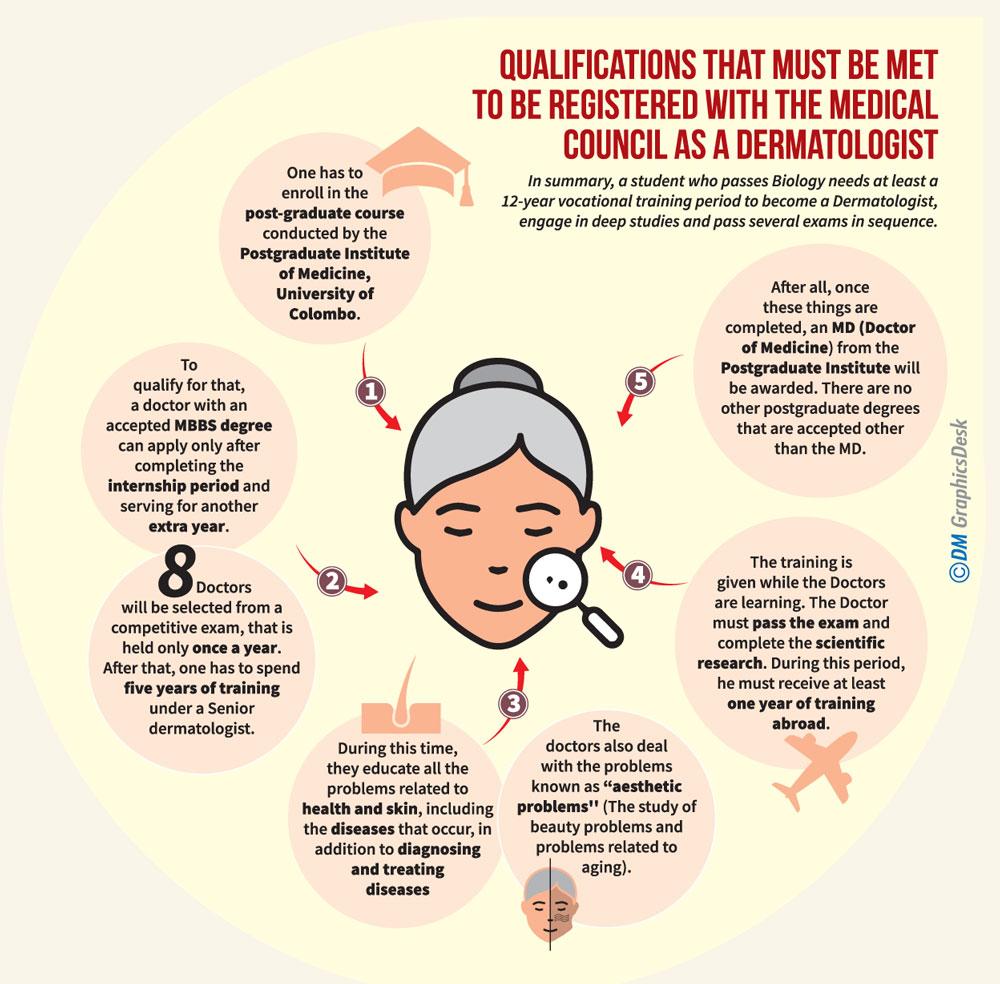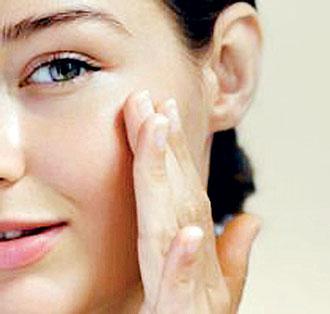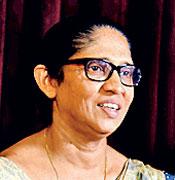12 Jul 2024 - {{hitsCtrl.values.hits}}

Healthy skin doesn’t mean the absence of skin diseases, but healthy and beautiful-looking skin
About 60 doctors were pursuing postgraduate courses in Dermatology locally and abroad
 “The number of people who come to us to cure skin diseases, especially with regard to problems related to appearance, such as acne and black spots, has increased in recent years,” said the Chairperson of the Cosmetic Dermatology subcommittee, Dr. Nayani Madarasinghe. A survey conducted recently on people who opt for dermatology treatment shows that the society’s attention to such care and the need to seek treatment has increased.
“The number of people who come to us to cure skin diseases, especially with regard to problems related to appearance, such as acne and black spots, has increased in recent years,” said the Chairperson of the Cosmetic Dermatology subcommittee, Dr. Nayani Madarasinghe. A survey conducted recently on people who opt for dermatology treatment shows that the society’s attention to such care and the need to seek treatment has increased.
She underscored that, even though some medical treatments reduce the beauty of the skin and are observed externally, their side effects can be hidden internally. For example, warts on the skin, and hair thinning on the head may occur due to a problem related to hormones within the body.
 Dr. Madarasinghe advised that in such cases, individuals cannot only rely on external treatment. Going for treatment without a proper understanding can cause problems. For example, it’s not appropriate to treat any dark spot on the face as one. Because some dark spots are treated differently depending on the diagnosis. Sometimes people even have to do a tissue test to recognise these.
Dr. Madarasinghe advised that in such cases, individuals cannot only rely on external treatment. Going for treatment without a proper understanding can cause problems. For example, it’s not appropriate to treat any dark spot on the face as one. Because some dark spots are treated differently depending on the diagnosis. Sometimes people even have to do a tissue test to recognise these.
A dermatologist provides treatments to skin, hair and nail problems of individuals big or small, and take into consideration not just skin conditions, but any skin problem; for example when a client wishes to enhance one’s beauty.
“Choosing a night cream that suits your skin, finding out whether the types of ointments or drugs that are taken to the body are suitable for your condition, can be done without be plagued by doubts when following the guidance of a Dermatologist,” said Dr. Madarasinghe.
She explained that treatments like PRP (Platelet-Rich Plasma), Chemical peeling and Laser treatment are some of the treatments performed by skin specialists in government hospitals. Globally, the current concept of health is physical and mental well-being. Moreover, she explained that healthy skin doesn’t mean the absence of skin diseases, but healthy and beautiful-looking skin.
Change of SLCD to SLCDA
“Boasting of a history of 39 years, Sri Lanka College of Dermatologists (SLCD), has changed its name to Sri Lanka College of Dermatology and Aesthetic Medicine,” Sri Lanka College of Dermatology and Aesthetic Medicine (SLDA) President Dr. Sriyani Samaraweera
“The members of SLDA are the board-certified consultant dermatologists and postgraduate Dermatologists,” explained Dr. Samaraweera.
“Sixty board-certified Dermatologists are serving the Ministry of Health. In addition, about 25 board-certified rheumatologists (retired and university-affiliated) are currently employed in the private sector,” underscored Dr. Samaraweera.
He said that about 60 doctors were pursuing postgraduate courses in Dermatology locally and abroad. Currently, dermatology clinics are conducted under the supervision of dermatologists in government hospitals (up to Base Hospital B level) all over the island.
How to become a Dermatologist?
There are a set of qualifications that must be met to be registered with the Medical Council as a dermatologist. One has to enroll in the post-graduate course conducted by the Postgraduate Institute of Medicine, University of Colombo.
“To qualify, a doctor with an accepted MBBS degree can apply only after completing the internship period and serving another extra year. Eight Doctors will be selected from a competitive exam held annually. One has to spend five years of training under a Senior dermatologist,” explained a Consultant Dermatologist at the National Hospital of Sri Lanka (NHSL) Dr. Janaka Akarawita.
During this time, they educate dermatology students on all the problems related to health and skin. In addition to diagnosing and treating diseases, doctors also deal with the problems known as “aesthetic problems’’ (The study of beauty problems and problems related to ageing).
He said that training is provided while the doctors are learning. The doctor must pass the exam and complete the scientific research. During this period, a dermatology student must receive at least one year of training abroad.
After all, once these essentials are completed, an MD (Doctor of Medicine) from the Postgraduate Institute will be awarded to successful students. There are no alternative postgraduate degrees that are accepted other than the MD, according to Dr. Akarawita.
Take home message: A student who passes Biology needs at least a 12-year vocational training period to become a Dermatologist, engage in deep studies and pass needed exams in sequence.

"Choosing a night cream that suits your skin, finding out whether the types of ointments or drugs that are taken to the body are suitable for your condition, can be done without be plagued by doubts when following the guidance of a Dermatologist”
- Dr. Nayani Madarasinghe, Chairperson of the Cosmetic Dermatology subcommittee
 "Sixty board-certified Dermatologists are serving the Ministry of Health. In addition, about 25 board-certified rheumatologists (retired and university-affiliated) are currently employed in the private sector”
"Sixty board-certified Dermatologists are serving the Ministry of Health. In addition, about 25 board-certified rheumatologists (retired and university-affiliated) are currently employed in the private sector”
- Dr. Sriyani Samaraweera, President of Sri Lanka College of Dermatology and Aesthetic Medicine
 "To qualify, a doctor with an accepted MBBS degree can apply only after completing the internship period and serving another extra year
"To qualify, a doctor with an accepted MBBS degree can apply only after completing the internship period and serving another extra year
- Dr. Janaka Akarawita, Consultant Dermatologist
at the National Hospital of Sri Lanka
Pictures by Kithsiri De Mel
27 Dec 2024 2 hours ago
27 Dec 2024 2 hours ago
27 Dec 2024 3 hours ago
27 Dec 2024 3 hours ago
27 Dec 2024 4 hours ago